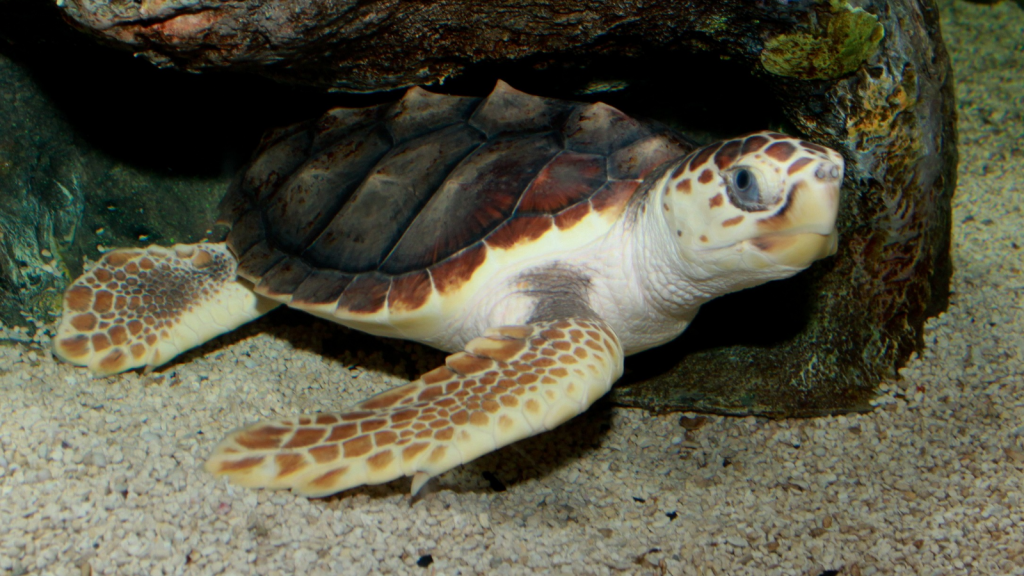Jellyfish might seem like unlikely prey, with their gelatinous bodies and stinging tentacles. Yet, these otherworldly creatures have a surprising number of natural enemies in the ocean. From sea turtles to certain fish species, many marine animals hunt and consume jellyfish. These predators help keep jellyfish populations in check, which is crucial for maintaining balance in marine ecosystems. While some of these may be obvious, some creatures on this list are pretty unexpected.
1. Leatherback Sea Turtle
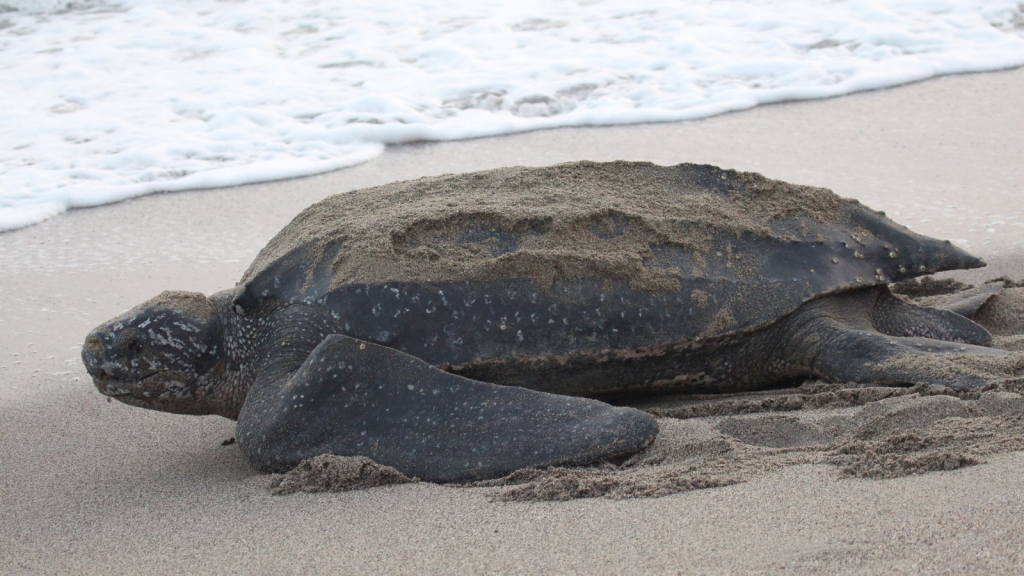
The leatherback sea turtle is a champion jellyfish eater. These massive turtles can consume their own body weight in jellyfish every day. Their throats are lined with backward-facing spines that help them swallow slippery jellyfish and prevent the prey from escaping. Leatherbacks are specially adapted to eat jellyfish, with thick skin and special oils in their flesh that protect them from jellyfish stings. They can dive to depths of over 1,000 meters in search of their gelatinous prey, making them one of the deepest-diving reptiles in the world.
2. Ocean Sunfish
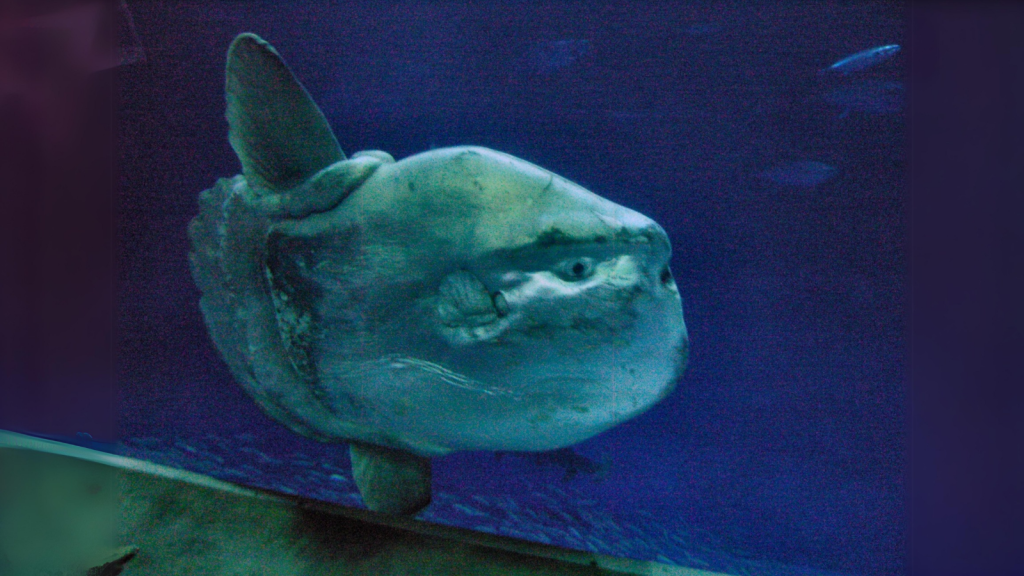
The ocean sunfish, or mola mola, is another major jellyfish predator. These odd-looking fish can grow to be as heavy as a car. They have a beak-like mouth that’s perfect for crunching through jellyfish. Ocean sunfish often swim near the surface, where jellyfish tend to gather. Their diet consists almost exclusively of jellyfish, and they need to eat large quantities to maintain their massive size.
3. Blue Sea Slug

The blue sea slug, also known as the blue dragon, is a tiny but fierce jellyfish predator. These beautiful creatures float upside down on the ocean surface, feeding on Portuguese man-of-war and other jellyfish. Blue sea slugs can store the stinging cells from their prey in their own bodies, using them for defense. Despite their small size, usually less than 3 cm long, they can take down jellyfish much larger than themselves.
4. Bearded Goby
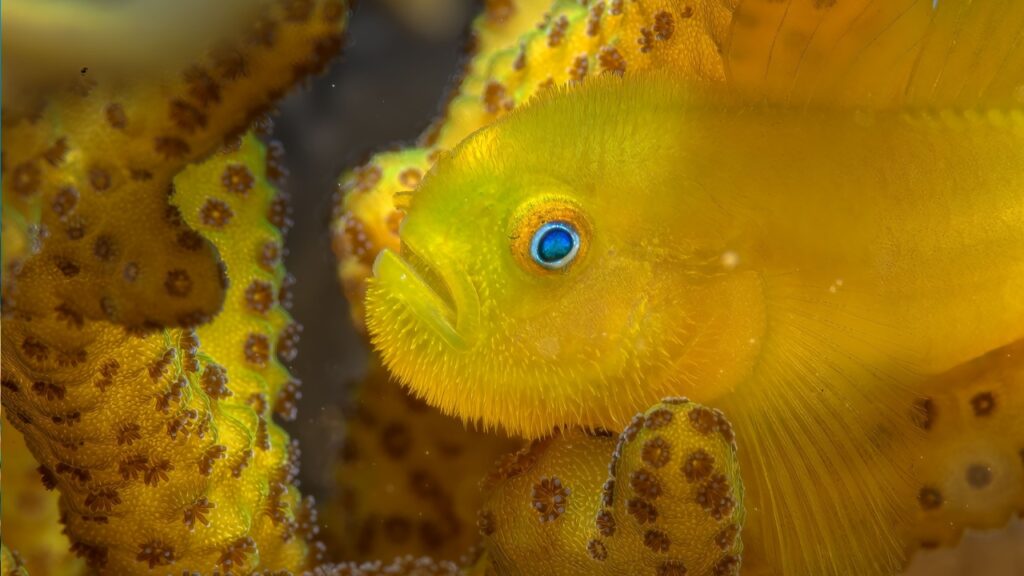
The bearded goby is a small fish that lives in the oxygen-poor waters off the coast of Namibia. It’s one of the few fish that can eat jellyfish without getting hurt. Bearded gobies have a special enzyme in their gut that helps them digest jellyfish. They play a crucial role in their ecosystem by eating jellies that other fish can’t. These resilient fish can also tolerate the toxic, low-oxygen conditions created by decomposing jellyfish, allowing them to thrive where other fish species cannot survive.
5. Spadefish
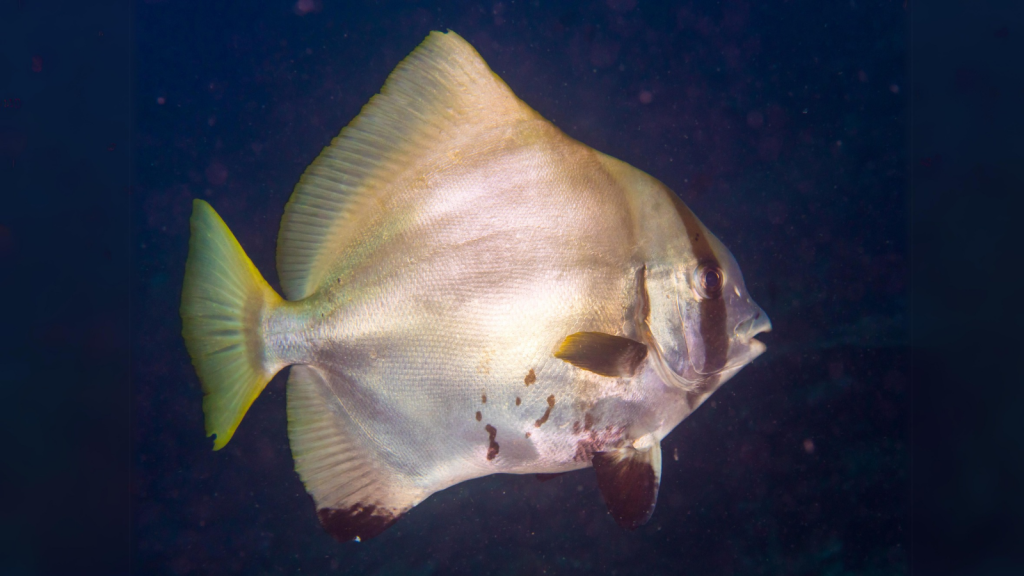
Spadefish are known to feast on jellyfish when given the chance. These disc-shaped fish use their small mouths to take bites out of jellyfish bodies. They often travel in schools, which allows them to quickly consume large jellyfish. Spadefish are found in warm waters around the world. Their unique body shape allows them to maneuver easily around jellyfish tentacles, reducing the risk of getting stung while feeding.
6. Tuna
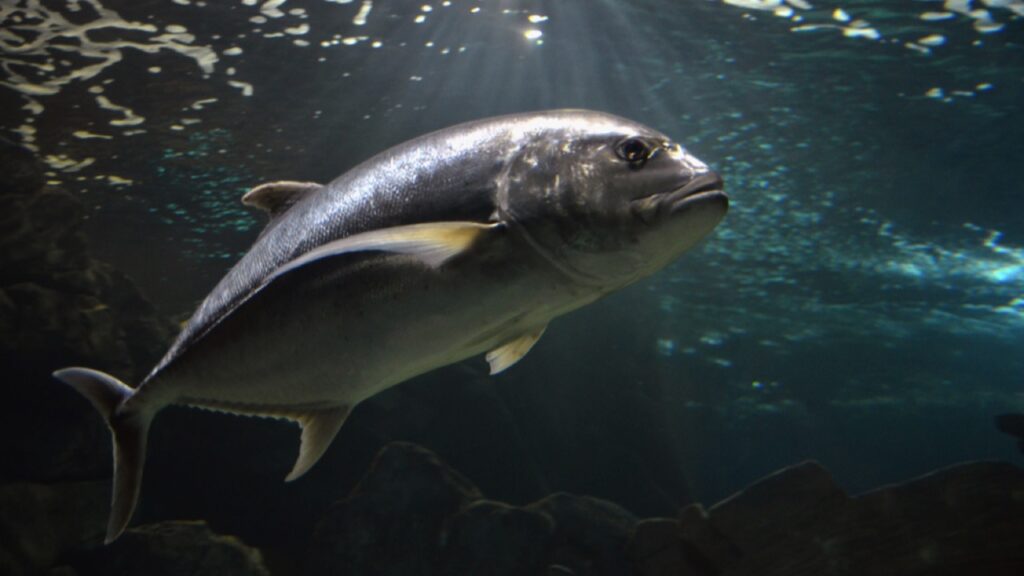
Several species of tuna, including yellowfin and bluefin, are known to eat jellyfish. These fast-swimming fish can easily catch jellies in open water. Tuna have been observed eating both small and large jellyfish species. For tuna, jellyfish are an easy meal that provides them with water and some nutrients. Tuna’s ability to maintain a body temperature higher than the surrounding water may help them digest jellyfish more efficiently than cold-blooded predators.
7. Swordfish
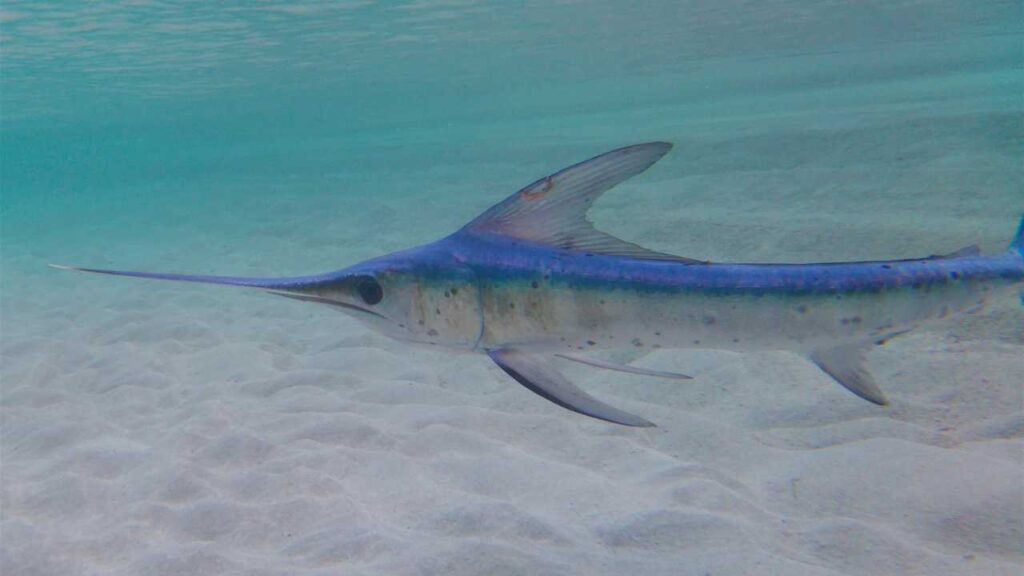
Swordfish are another large predatory fish that eat jellyfish. Their long, sword-like bill helps them slash through the water and catch prey, including jellies. Swordfish have been found with jellyfish remains in their stomachs. They typically eat jellyfish when other prey is scarce. The swordfish’s excellent vision, including the ability to heat their eyes for better sight in cold, deep waters, likely aids them in locating jellyfish in the vast ocean.
8. Whale Shark
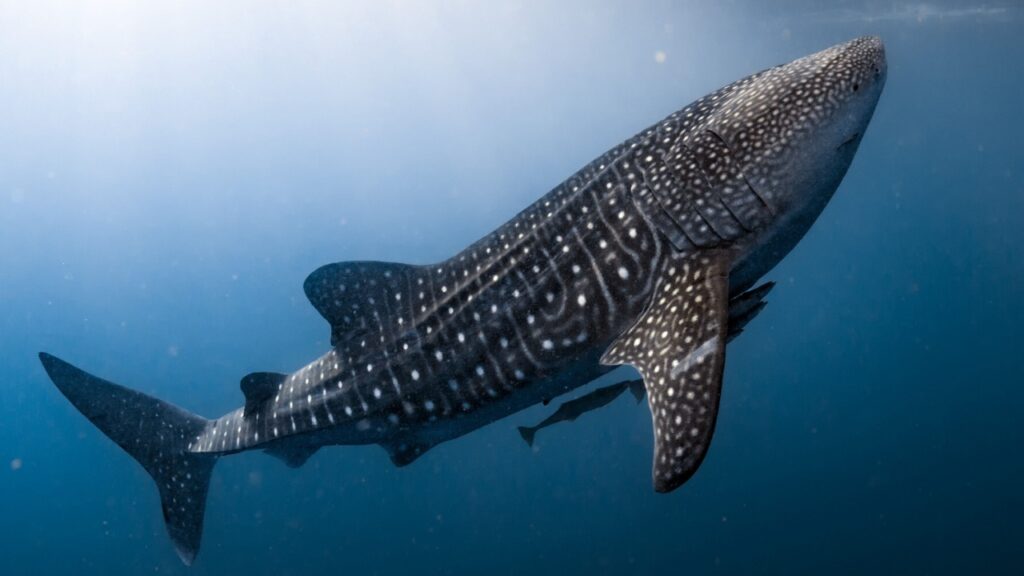
The whale shark, the largest fish in the sea, is a filter feeder that consumes jellyfish along with other small marine life. These gentle giants swim with their mouths open, filtering water and trapping jellies and other prey. Whale sharks can process huge amounts of water, allowing them to consume many jellyfish in a single feeding session. Their gill rakers, specialized structures that filter food from water, are fine enough to capture even small jellyfish species.
9. Grey Triggerfish
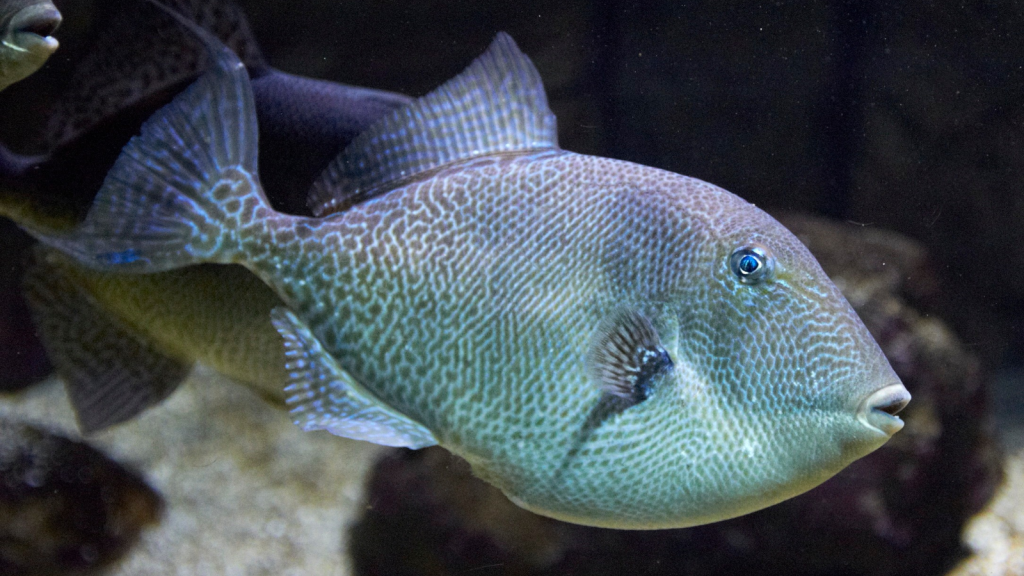
Grey triggerfish have strong jaws that allow them to crunch through the tough exteriors of their prey, including jellyfish. These fish are known for their intelligence and problem-solving skills. They often bite pieces out of larger jellyfish, rather than consuming them whole. Triggerfish have been observed using jets of water from their mouths to flip jellyfish over, exposing the less-defended underside for easier feeding.
10. Fulmar
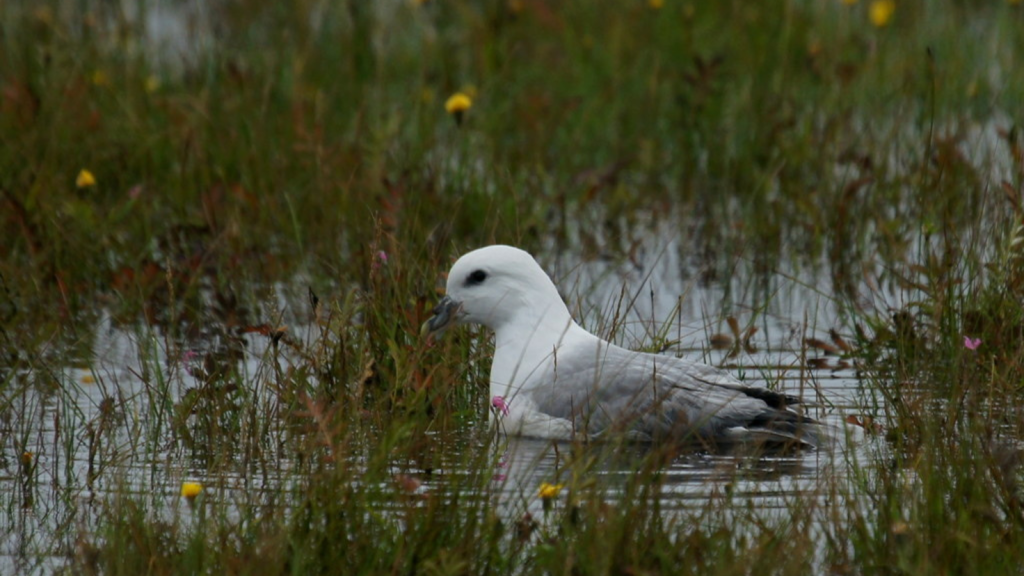
The fulmar is one of the few seabirds known to eat jellyfish. These gull-like birds spend most of their time at sea, where they scoop jellies from the water’s surface. Fulmars have a special gland that helps them process the salt from their marine prey. They’re able to regurgitate a foul-smelling oil as a defense mechanism, which may help protect them from jellyfish stings. Fulmars have been observed following fishing boats to feed on jellyfish caught in nets and discarded overboard.
11. Loggerhead Sea Turtle
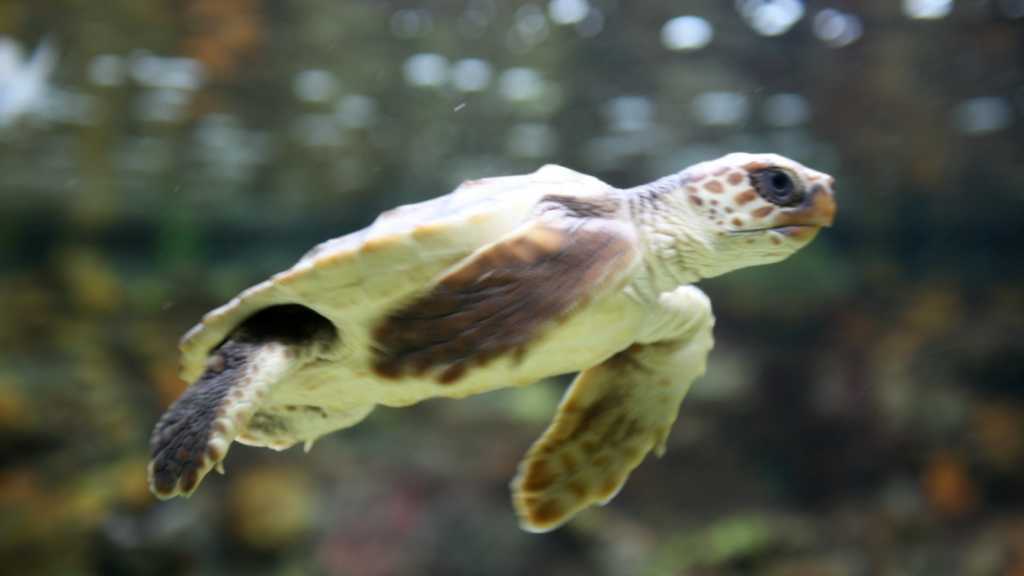
Like their leatherback cousins, loggerhead sea turtles also enjoy eating jellyfish. These turtles have powerful jaws that can crunch through the bodies of jellies. Loggerheads often mistake plastic bags for jellyfish, which is a major threat to their survival. They play an important role in controlling jellyfish populations in warmer waters. Loggerheads have been known to eat venomous jellyfish species, such as the Portuguese man-of-war, without apparent harm.
12. Oceanic White Tip Shark
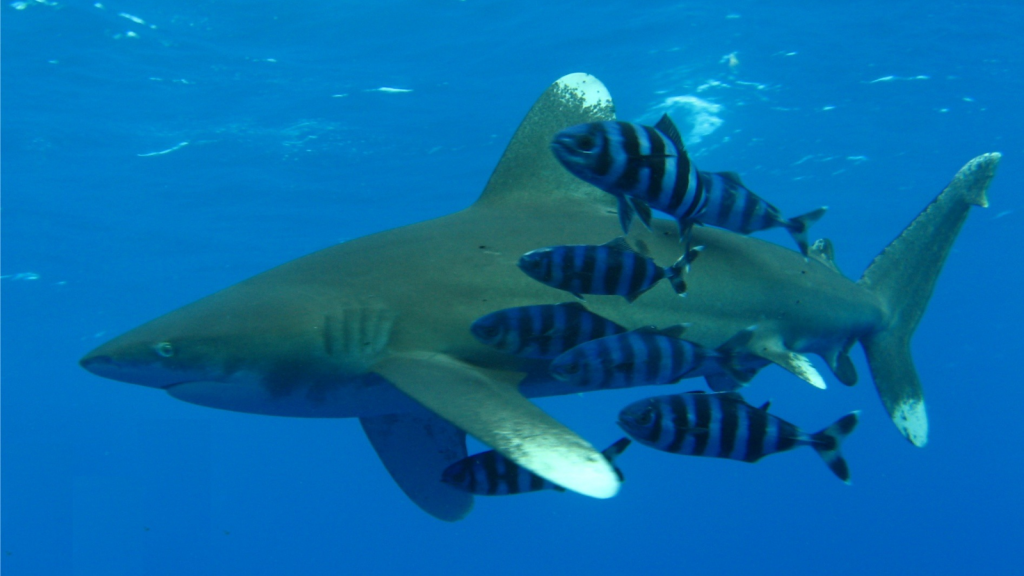
The oceanic white tip shark is an opportunistic predator that will eat jellyfish when other food is scarce. These sharks are known for their curiosity and will investigate and taste many things they encounter in the open ocean. While jellyfish aren’t their preferred prey, oceanic white tips will consume them if necessary. Their ability to digest jellyfish may be aided by their highly acidic stomachs, which can break down even tough or unusual prey items.
13. Mahi-Mahi
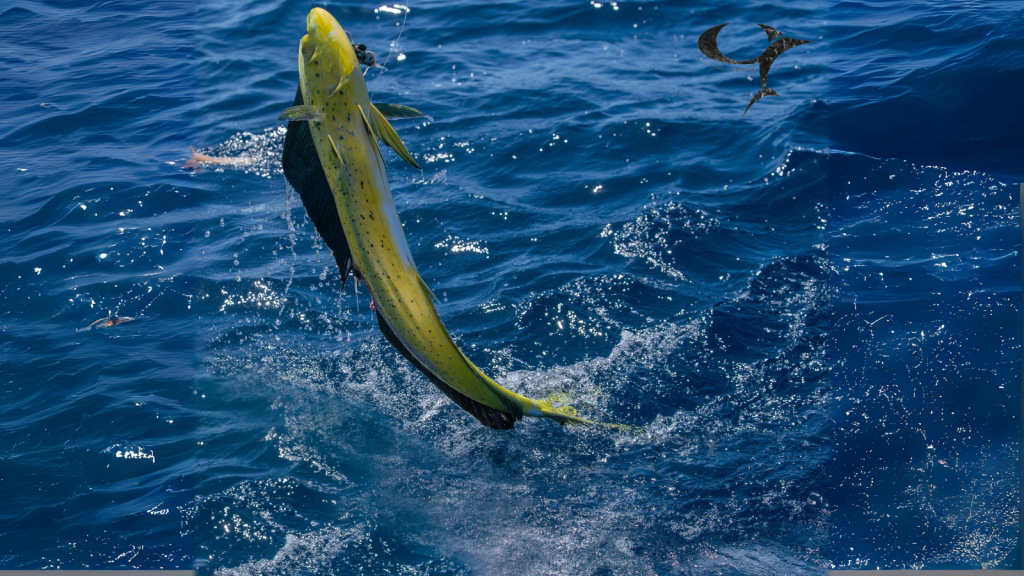
Also known as dolphinfish, mahi-mahi are colorful predators that sometimes feed on jellyfish. These fish are fast swimmers and skilled hunters. They often eat jellies when they’re abundant, such as during jellyfish blooms. Mahi-mahi have been observed circling large jellyfish and taking bites out of them. Their varied diet, which includes jellyfish, contributes to their rapid growth rate, with some mahi-mahi reaching sexual maturity in just 4-5 months.
14. Anemones
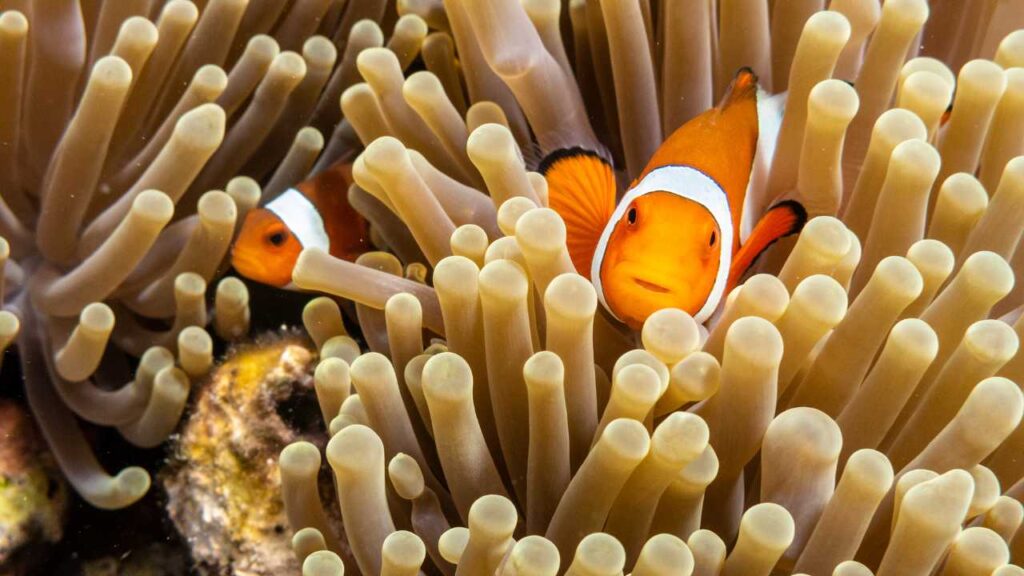
While not typically thought of as predators, some species of sea anemones do catch and eat small jellyfish. These stationary animals use their tentacles to snare passing jellies. Anemones are related to jellyfish and have similar stinging cells, which may help protect them from jellyfish defenses. Some anemone species can even detach from their base and “swim” short distances to catch jellyfish prey.
15. Other Jellyfish
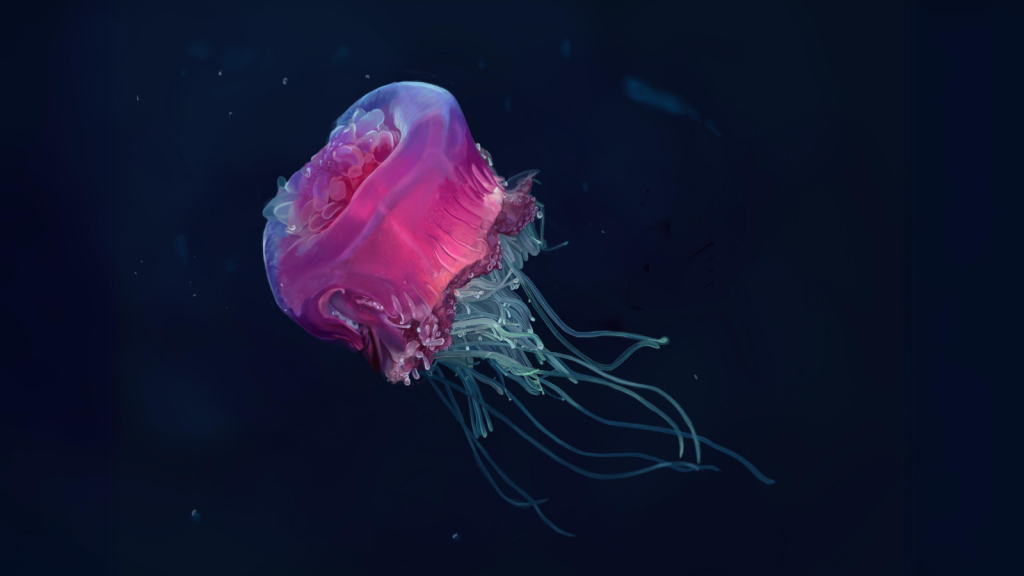
Surprisingly, some jellyfish species are cannibals that eat other types of jellies. The large jelliyfish species prey on smaller ones. This behavior helps larger jellyfish species survive when other food sources are scarce. Cannibal jellyfish use their tentacles to catch and consume their jelly relatives, just as they would with other prey. Some species, like the giant pink jellyfish, have been observed actively hunting and consuming other jellyfish species, demonstrating more complex predatory behavior than previously thought.

